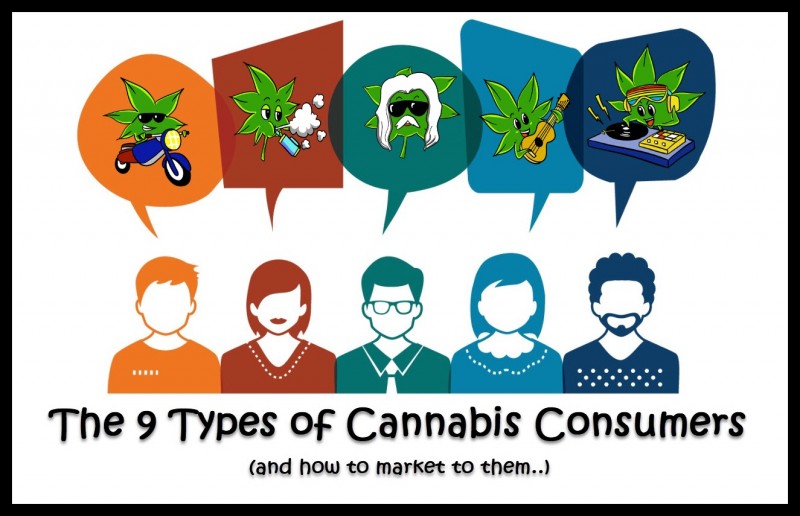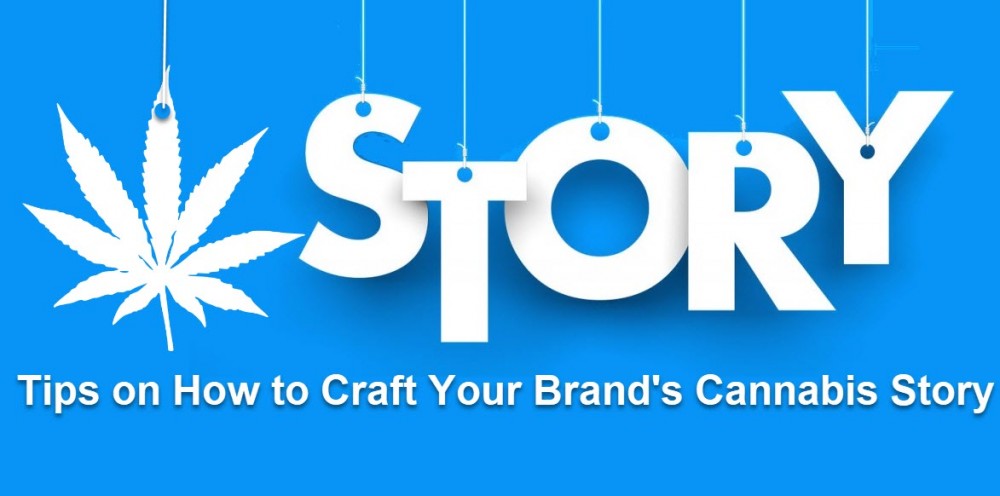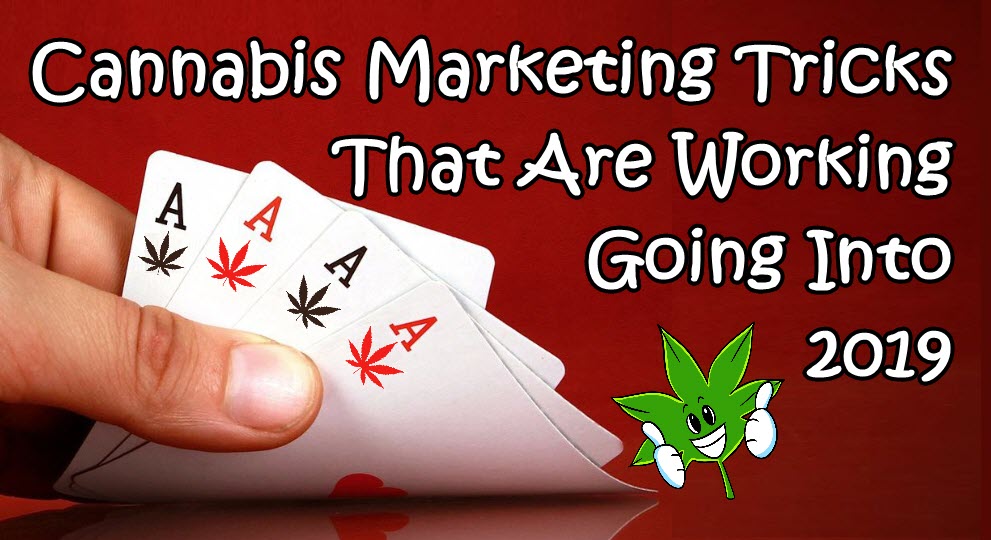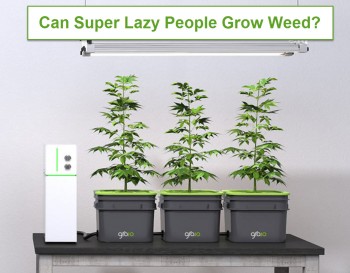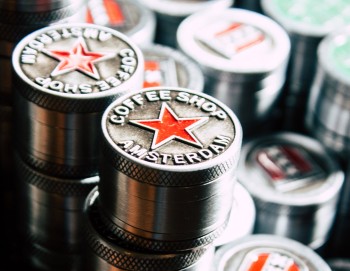The 9 Types of Cannabis Consumers
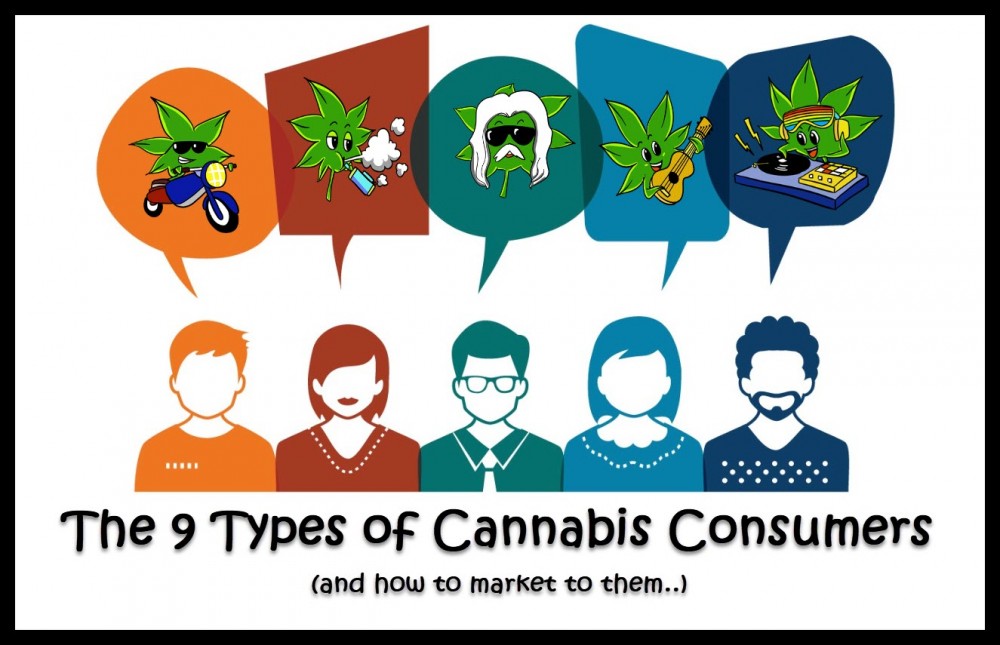
Understanding Cannabis Consumers For 2019 And Beyond: Demographics And Spending Behavior Information Marketers Should Know
The demographic of today’s cannabis consumer continues to evolve, but fortunately, keeping up with data is getting easier too.
There’s so much more to the modern cannabis user right now than five years ago. Marketing products to them requires more careful consideration, and having a better understanding of them is helpful for cannabis businesses.
Thanks to top authorities in cannabis intelligence New Frontier Data and BDS Analytics, we now know more about the modern cannabis consumer, what they want, and what products will be hot in the near future.
Here are some of the newest and most current data we have available for cannabis users and industry trends.
The 9 Kinds Of Cannabis Consumers
A 2018 report compiled by MJ Freeway and New Frontier Data presents a deep-dive analysis into American cannabis consumer patterns. They’ve identified light, moderate, and heavy users further broken down into 9 archetypes.
Here they are:
Social Opportunists: Social opportunists account for 17% of cannabis consumers, which is the most common in the population. According to the report, this group consumes “a few times a year or less, and often exclusively with others.”
Additionally, social opportunists are “the least likely of any archetype to buy their own cannabis,” and usually rely on their peers to get their supply. They also report being “generally indifferent” to important cannabis policies.
Silver Dabblers: Silver dabblers are light cannabis users, and make up 14% of the population. These are recreational consumers who turn to pot “a couple of times a month or less to relax.”
Interestingly, this archetype has “the lowest household income of any archetype.” They usually procure their cannabis from dealers or friends. “These occasional indulgers are typically single or divorced, middle-aged and older men who live alone,” adds the report.
Traditional Lifestylers: Traditional lifestylers are heavy users, and make up 14% of users. They are “young, diverse, and single. They consume cannabis daily, and despite having relatively low incomes, they are high spenders.”
This hip segment of the population mostly reside in areas without legal cannabis markets and get their weed from dealers. They also prefer smoking compared to other ways of consuming cannabis.
Medical Purists: Medical purists are moderate cannabis consumers; they make up 12% of the cannabis population. The report says that they mostly medicate by themselves, usually to help them manage their pain. Medical purists are “less likely to be daily consumers than the heavy consumer groups, suggesting that their cannabis use is more situational, such as in response to a symptom flare-up rather than as a part of their daily routine.” They also usually take cannabis via edible, pill or topicals.
Weekend Enthusiasts: Weekend enthusiasts make up 11% of consumers. Most of them are parents in their 40’s, who toke up often in order to help them relax whenever they have some time.
Weekend enthusiasts usually purchase weed from private dealers. Quality of cannabis is important to them, so the kind of supply they can get from their friends isn’t enough to satisfy them. “They have favorite go-to strains but like to try new ones, too.”
Modern Lifestylers: Modern lifestylers were found to be heavy consumers, and account for 10% of consumers. Most of them reside in recreational cannabis markets and head to dispensaries for their supply.
Modern lifestylers “consume the widest variety of product types of any group”, and get high for many reasons. They are usually young and employed, earning high salaries. As big spenders, they are the “ideal vision of the future” for the cannabis industry.
Infrequent Conservatives: According to the report, infrequent conservatives account for 9% of cannabis consumers. They are typically politically conservative, married, and have retired. Infrequent conservatives consume pot occasionally throughout the year for relaxation and source their weed from friends.
Discreet Unwinders: Discreet unwanders are moderate users, and make up 8% of the population. Recreational members of the group use cannabis to relax as they do household chores or watch TV. Meanwhile, medical members of the group use cannabis for pain.
“These older mothers of adult children have been using cannabis for decades, as they started using cannabis younger than did most other consumers,” says the report. “Yet, despite having a long history with cannabis, they never got comfortable being public about their use.”
Functional Dependents: The smallest segment of the group belongs to functional dependents, who are heavy consumers. This group, which makes up 5% of the population are “heavy consuming, high-spending, hard-partying cannabis evangelists.”
Many functional dependents have started using cannabis after 20 years of age, and spend at least $100 a month on pot. The report says that functional dependents are young and love their booze too.
Demand For Non-Flower Cannabis Products Are Up
A February 2019 report by New Frontier Data revealed that there is higher demand for pricey non-flower cannabis products such as edibles, concentrates, and topicals. These products contribute to higher spending by consumers in legal markets.
In June 2018, BDS Analytics released the 6th edition of The State of Legal Marijuana Markets, where they also reveal similar data. They looked at global cannabis markets and found one thing in common: good old cannabis flower is on a slow decline.
In Colorado, for example, flower dominated most of the market by January 1, 2014 – this is when recreational sales started in the state. But by 2018, demand for flower declined 44% while in the same period, concentrate shares in the market grew from 15 to 31%.
In Oregon during the first quarter of 2017, flower took up 54% of shares based on dispensary sales while concentrates took up 21% and edibles 11%. Just a year later within the same quarter, the market share for flower dropped 44% and demand for concentrates increased to 27%. Edibles, on the other hand, grew 16% in market share.
In California within the first 4 months of recreational sales, flowers had a market share of 43% while it dropped to just 40% in April of the same year.
One thing’s for sure: demand for non-flower cannabis products may continue to see a decline as consumers opt to try other forms of consumption out there.
Other Notable Predictions Seen To Shape The Cannabis Industry Of The Future
BDS Analytics took a deep dive into 2018 retail sales data, consisting of over a billion transactions of thousands of cannabis products across several categories.
Here’s what they see shaping the industry this year:
Marijuana social clubs may become the venue of choice for the cannabis enthusiasts who are no longer satisfied toking up at home or with their group of friends. This may hit progressive cities including San Francisco, Las Vegas, and Denver
People want to drink cannabis. Whether it’s kombucha, coffee, tea, or powdered mixes, infused beverages are increasingly popular as well as a sociable way to medicate
Baby boomers are no longer turning to pot for medication – they like it for recreational purposes, too
When states have both recreational and medical cannabis markets, medical dispensaries are prone to declining while recreational businesses are booming. However, BDS Analytics notes that this has nothing to do with why people get stoned but it’s all about the business model
CBD continues to grow in popularity throughout the country. We’ll start seeing CBD in many new packaged products, or being used as an additive. Edibles are the leading product category for CBD, which makes up 53% of sales while topicals follow at 24%
Branded products stand out for every category that isn’t flower, and it continues to dominate sales. Additionally, brands that are successfully cultivating loyal relationships with customers and consistently make good-quality products are leading in the marketplace. BDS Analytics notes that 96% of edibles sales in Colorado are dominated by branded goods, and that in the same state, there is tough competition among branded concentrates.
Customers want convenient ways to medicate. Complicated dab rigs that promise an extreme high may be tempting, but they also require the use of other tools such as glass vessels, blowtorches, and nails. However, the growth of these products in the market is hindered for the very reason that people want convenient ways to buy as well as medicate.
Products and methods that guarantee consistent low-doses will also rise in popularity. According to their sales data, 33% of edibles users have a preference for low-dose products which are defined as those with under 10mg of THC in each serving. Meanwhile, 40% of consumers prefer high CBD products that have just 1mg of CBD and are high in CBD
Companies that place a high priority on customers will thrive. Companies who want to succeed need to understand their customers especially those with discerning tastes.
Prices will drop. There are many factors that are leading to price drops in cannabis, but perhaps the most important is that price will always be the main reason a customer will choose one product over another.
What else do you think will become popular this year moving forward?
HOW TO TELL YOUR MARKETING OR BRAND STORY? READ THESE...
TIPS FOR BRANDING IN THE CANNABIS INDUSTRY, CLICK HERE.
OR..
CANNABIS MARKETING TIPS FOR 2019, CLICK HERE.

